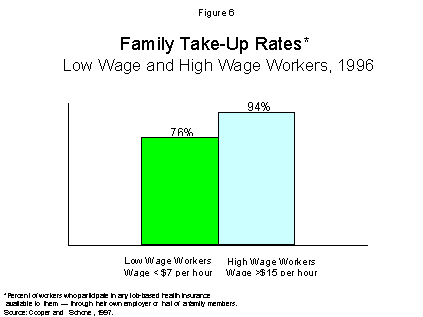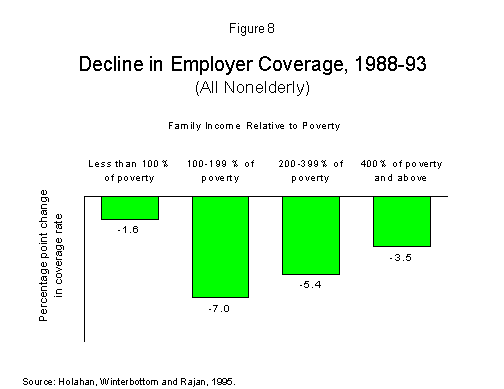Sex in the 90s: 1998 National Survey of Americans on Sex and Sexual Health 1
30. Are you currently involved in a sexual relationship?
Based on those not currently married or living as married; n=479
38 Yes 60 No 2 Don’t know/Refused 100
CURRENT RELATIONSHIP STATUS (Q29, Q30):60 Married/Living as 15 Unmarried and involved 24 Unmarried and not involved 1 Don’t know/Refused 100
31. How long have you (been married /been together with this person)?
Based on those married, living as married, or involved in a sexual relationship; n=916
20 2 years or less 25 3 to 9 years 20 10 to 19 years 35 20 years or more * Don’t know/Refused 100
32. These next few questions are about your sexual health and behavior. Please keep in mind that all of your answers are private. First, have you had sexual intercourse within the last TWELVE months?
75 Yes 25 No 5 Don’t know/Refused 100
33. Have you ever had sexual intercourse?
98 Yes 2 No * Don’t know/Refused 100
34. When you were growing up, did you have sex education courses in school?
Based on those currently or ever married, n=910
66 Yes 30 No 4 Don’t know/Refused 100
35. Since you become sexually active, about how many sexual partners have you had? Would you say more than twenty, eleven to twenty, seven to ten, three to six, two or one?
29 One 11 Two 24 3 to 6 11 7 to 10 10 11 to 20 9 More than 20 6 Don’t know/Refused 100
36. How often (do you and your spouse /do you and your partner/did you and your most recent partner) have sex . . .
9 Everyday or almost everyday 33 Several times a week 28 About once a week 11 About once a month 10 Less often than that 9 Don’t know/Refused 100
37. In general, how do think you compare with most of Americans your AGE…
a. Are you MORE comfortable talking about sexual issues than most Americans your AGE, LESS comfortable, or about as comfortable?
34 More comfortable 10 Less comfortable 51 About as comfortable 5 Don’t know/Refused 100
a. Do you think (you and your spouse have/you and your partner have/you and your most recent partner had) a BETTER sex life than most of Americans your age, NOT as good as sex life, or about the same?
Based on those who have had intercourse (excluding widows and widowers not currently involved in a relationship); n=1109
29 Better 9 Not as good 53 About the same 9 Don’t know/Refused 100
38. How often do you think the average American couple your AGE has sex . . .
7 Everyday or almost everyday 28 Several times a week 36 About once a week 10 About once a month 4 Less often than that 15 Don’t know /Refused 100
39. Thinking about (your SEXUAL relationship with your spouse, how often do you feel that the SEXUAL relationship is/your SEXUAL relationship with your partner, how often do you feel that the SEXUAL relationship your most recent SEXUAL relationship, how often did you feel that the SEXUAL relationship was) (INSERT) always, often, sometimes, or hardly ever?
Based on those who have had intercourse (excluding widows and widowers not currently involved in a relationship); n=1109
Always Often Sometimes Hardly ever Never (VOL.) DK/Ref. a. Loving 62 17 12 4 1 4 =100 b. Passionate 40 26 21 6 1 6 =100 c. Routine 10 13 32 32 6 7 =100 d. Creative 19 22 37 12 2 8 =100
40. How often (do you and your spouse/do you and your partner/did you and your most recent partner) (INSERT) very often, often, sometimes, or hardly ever?
Based on those who have had intercourse (excluding widows and widowers not currently involved in a relationship); n=1109
Always Often Sometimes Hardly ever Never (VOL.) DK/Ref. a. Do romantic things like eat by candlelight 8 18 35 30 6 3 =100 b. Act out your fantasies together 4 10 28 39 12 7 =100 c. Based on women; n=564Wear sexy lingerie 9 10 28 35 12 6 =100 d. Try different sexual positions 11 19 35 23 4 8 =100 e. Read books or watch videos about improving your sex life 2 3 14 52 26 3 =100 f. Go out on special evenings or “dates” or go away for weekends alone 11 22 37 22 5 3 =100
41. Still thinking about (your sexual relationship with your spouse, your sexual relationship with your partner/your most recent sexual relationship) please tell me whether each of the following topics is something you would (like/have liked) to talk about MORE, something you (talk/talked) about enough, or something that you (don”t/didn”t) need to talk about at all?
Based on those who have had intercourse (excluding widows and widowers not currently involved in a relationship); n=1109
More Enough No need to talk about DK/Ref. a. Concerns about AIDS or HIV or othersexually transmitted diseases 12 34 51 3 =100 b. Birth Control 8 27 62 3 =100 c. Your sex life generally 19 44 33 4 =100 d. Your sexual wants and desires 21 45 30 4 =100
READ: Now I have just a few more questions so we can learn more about the people who took part in our survey . . . 42. RECORD RESPONDENT”S GENDER
48 Male 52 Female 100
43. And, what is your age?
23 18-29 21 30-39 19 40-49 14 50-59 22 60 plus 1 Refused 100
44. What is the LAST grade or class you completed in school?
4 None, or grade 1 to 8 13 High school incomplete (Grades 9 – 11) 34 High school graduate (Grade 12), GED 3 Business, technical or vocational school after high school 23 Some college, no four-year degree 14 College graduate, four-year degree 8 Post-graduate or professional schooling, after college 1 Don’t know/Refused 100
45. Are you, yourself, of Hispanic or Latino background, such as Mexican, Puerto Rican, Cuban, or some other Spanish background?
7 Yes 92 No 1 Don’t know/Refused 100
46. What is your race? Are you white, black or African American, Asian or some other race?
84 White 11 Black 1 Asian 3 Other or Mixed race 1 Don’t know/Refused 100
47. Last year, that is in 1997, what was your total family income from all sources, BEFORE taxes? Just stop me when I get to the right category.
6 Less than $10,000 12 $10,000 to under $20,000 18 $20,000 to under $30,000 16 $30,000 to under $40,000 18 $40,000 to under $60,000 13 $60,000 to under $100,000 6 $100,000 or more 11 Don’t know/Refused 100
READ: Thank you very much for taking the time to answer the questions on this survey. We really appreciate it. Have a nice day/evening.
Sex In The 90s:Kaiser Family Foundation/ABC Television 1998 National Survey of Americanson Sex and Sexual Health:Survey Part One Part Two Part Three ABC Television


